Is that cup of coffee in your hand really just a drink?
Professional coffee knowledge exchange more coffee bean information please follow the coffee workshop (Wechat official account cafe_style)
Reviewing the history of coffee tasting, the first wave of coffee sprang up at the beginning of the 20th century. The simplicity and convenience of instant coffee technology made coffee a daily consumer product. However, behind the fast food culture, quality is sacrificed, attitude is lost, and flavor is lost.
Until the 21 century, coffee giant Starbucks emerged with the globalization of the market. The second wave brought by Starbucks has not only impacted the consumption habits and value of coffee lovers all over the world, but also created a social space for enjoying coffee, making drinking coffee a symbol of status.
In recent years, people in cities have paid more and more attention to the culture of coffee, so that guests can drink a cup of high-quality coffee and have an in-depth understanding of coffee varieties, planting areas, roasting methods and various cooking methods. Fashionable independent boutique coffee shops fill every corner of the city, which is called the third wave of coffee.
At this point, "coffee" has become an indispensable drink for the vast majority of people's life, and has become a global culture. Whether in a coffee shop, convenience store, or at home, a cup of hot coffee can be boiled in just a few minutes, but do you know how many stories are behind this cup of coffee? The production procedures and types behind a simple cup of coffee are actually very complicated and esoteric, which are similar to the "tea ceremony" that originated in China and Japan, and make many people scramble to join the world of coffee.
So, why do you think coffee is just a drink?
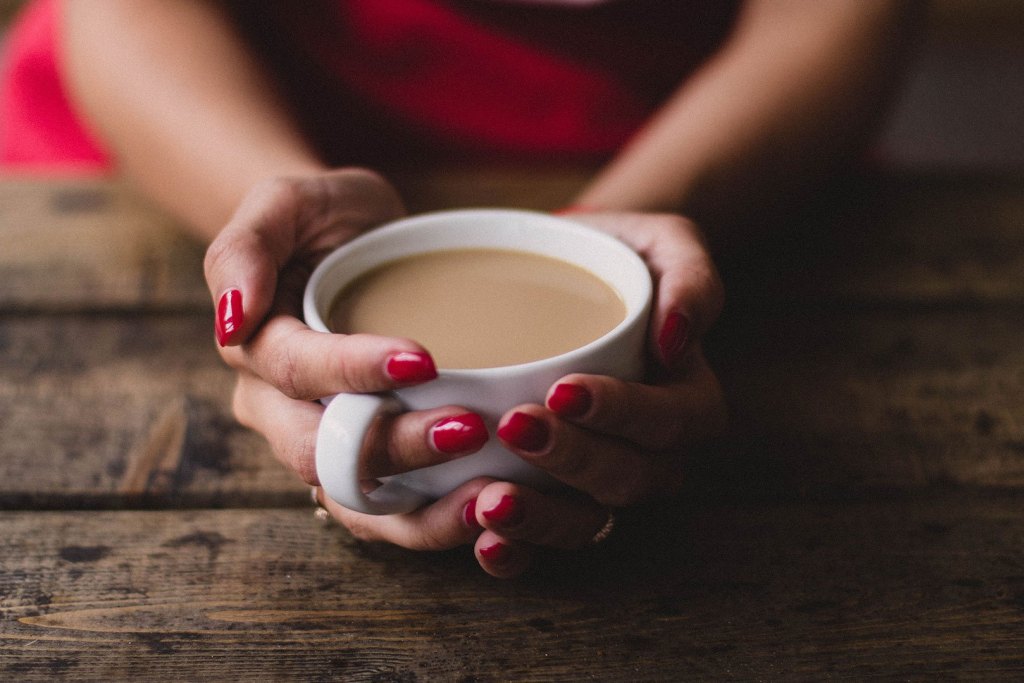
Planting Planting&Harvesting
Coffee is a kind of fruit, and like all fruits in the world, its life begins with a seed. It takes at least two to four years from being buried in the soil to growing into a fruit tree. Over the past few years, coffee farmers have to take good care of every coffee seedling, especially the high-quality and delicate Arabica Arabica coffee tree, which is very vulnerable to climate and insect pests, so it must be planted at high elevations, and trees must be planted to shade and block the sun to avoid strong sunlight.
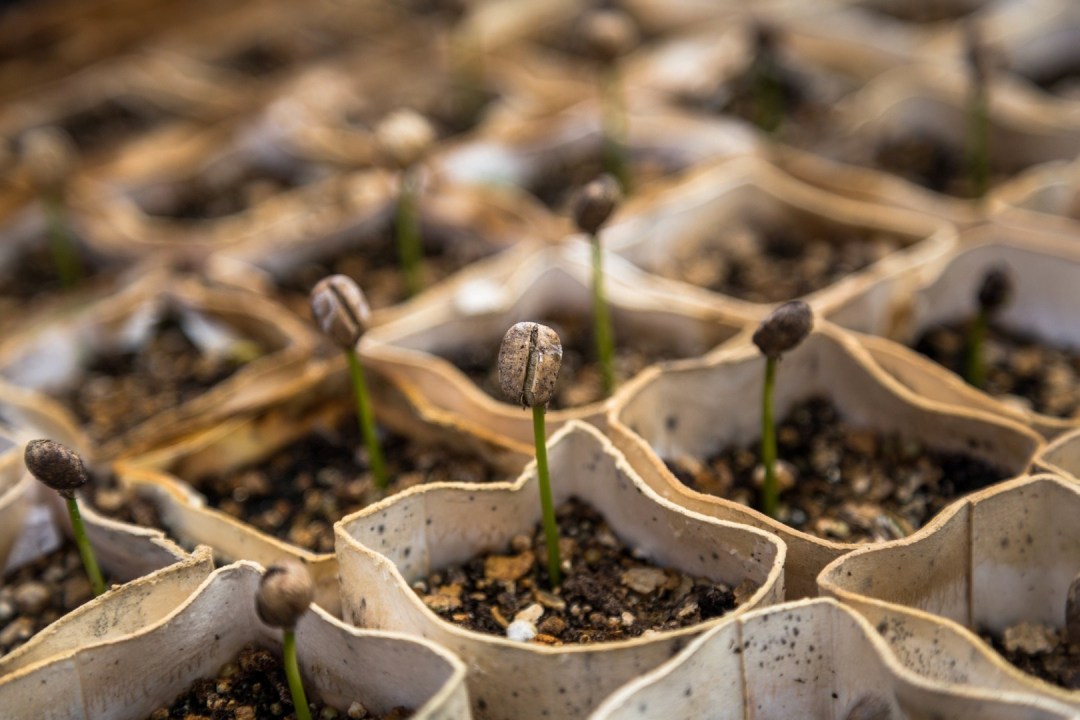
Harvest Picking
Although coffee has a long history, due to the uneven topography of the high-altitude manor and the need to determine whether the coffee fruit is ripe for harvest, in addition to the geographical advantages such as Brazil's vast and flat hinterland, coffee fruits in most other producing areas are still harvested manually. When the coffee season comes, coffee farmers shuttle between the fruit trees, one of which will be harvested with bright red mature coffee fruit and returned to the factory for post-processing. Powerful coffee fruit pickers can harvest an average of 100,200 pounds of fresh coffee fruit a day, which seems to be a huge harvest, but after processing, they can only produce nearly 20,40pounds of coffee beans. It can be said that "every grain is the hard work of the farmers."
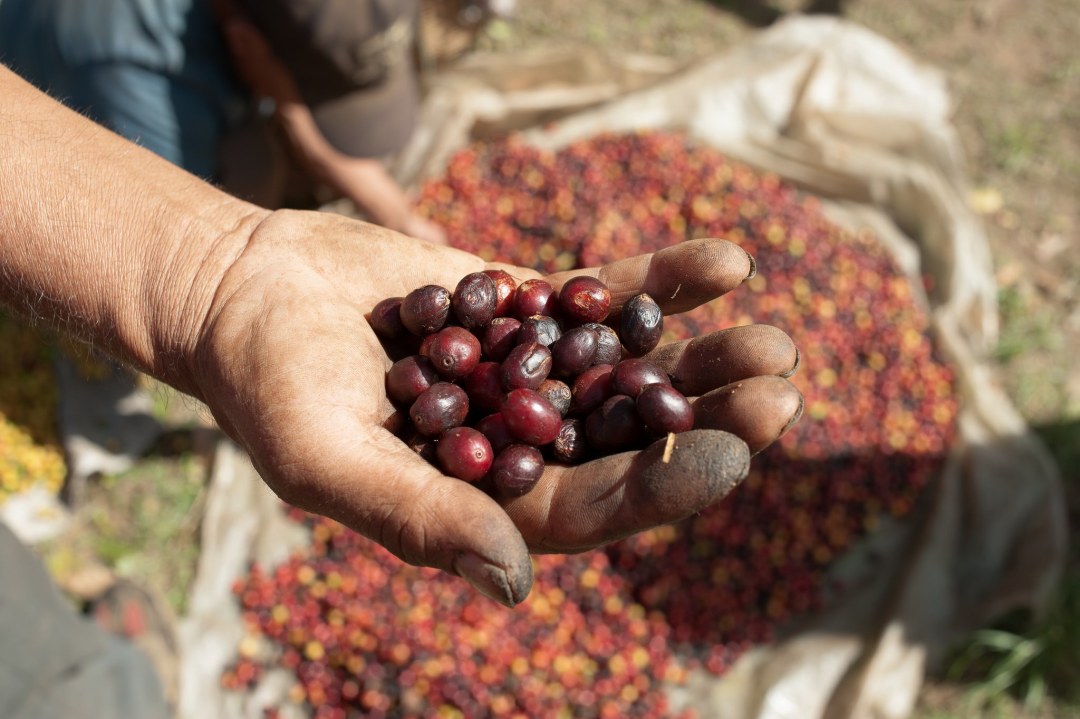
Processing Processing
Fresh coffee fruit should be sent to the processing plant as soon as possible after harvest to prevent the pulp from spoiling and fermenting. There are three main types of processing: sun treatment, water washing treatment and honey treatment. According to the geographical environment, the pulp and fruit will be separated and dried, or dried and then separated, and then graded, shelled and silvered according to the size of the beans. The summary needs only a few words, but in practice, we need to take into account complex issues such as weather conditions, climate change, infrastructure, manpower allocation, and so on. the whole process is as short as a few days or a month, and we have to take a huge risk of failure every day. The slightest carelessness may fall short, and there is no room for idleness.
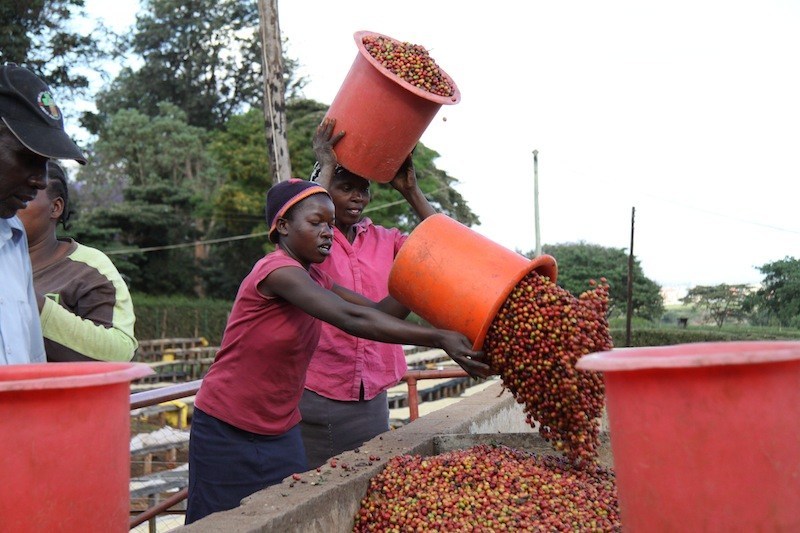
Export Exporting
The processed light green fruit is coffee raw bean raw bean, which is exported from processing plants around the world to raw bean importers or directly to roasters. Some bean merchants or roasters specialize in selling high-quality, high-price coffee beans, and then manually screen the raw beans, remove the defective beans, and grade them according to their size to meet different quality needs.
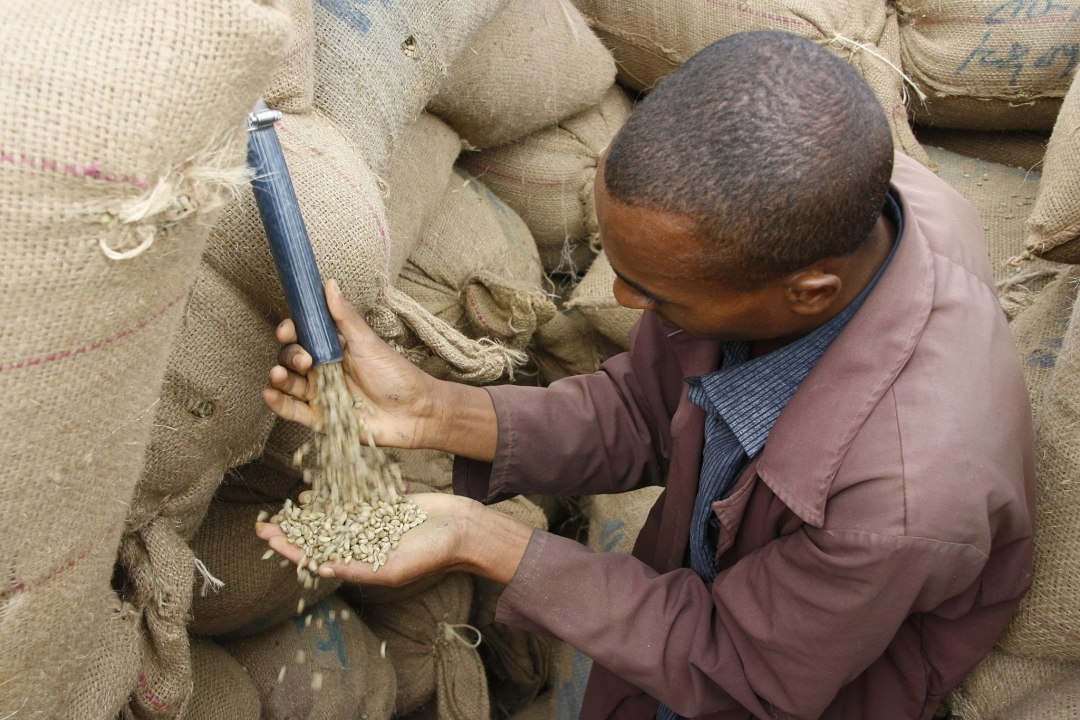
Baking Roasting
The baker can obtain raw beans through raw bean importers, or establish their own relationship with soybean farmers and buy raw beans directly with soybean farmers. Then put the light green coffee raw beans into the baking machine, adjust the baking parameters recorded by the electronic instruments on the baking machine, or rely on the rich experience of the baker to observe the condition of the beans to determine the maturity of the baking. different beans or the taste preferences of the baker will greatly affect the baking point. This is the difference between light baking (near khaki), medium baking (near brown), or deep baking (near dark brown).
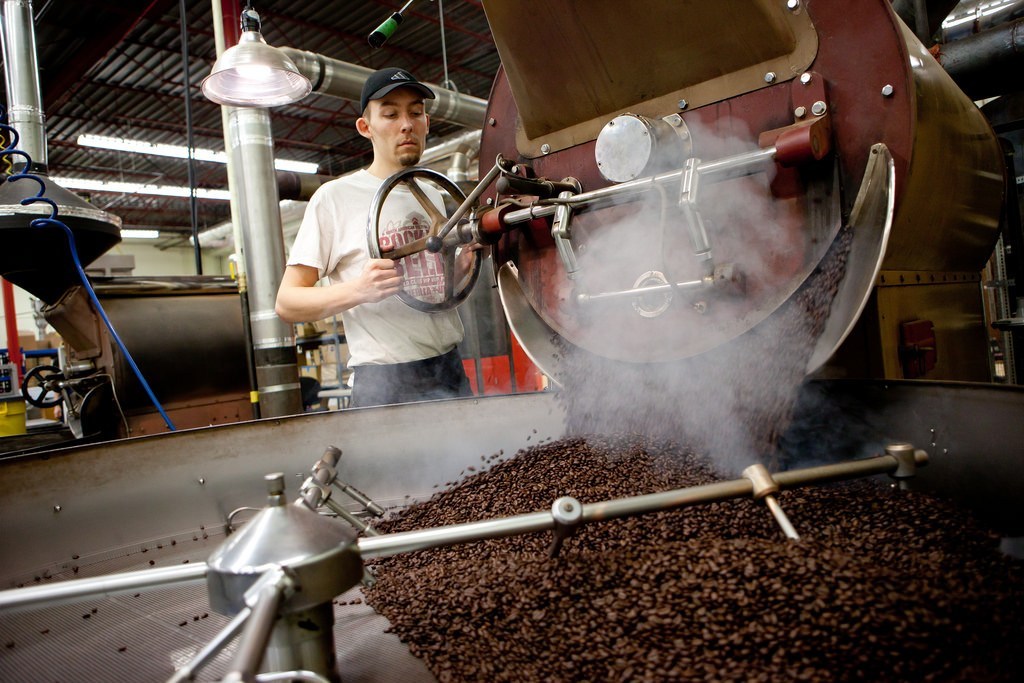
Extraction of Brewing/Extracting
Roasted coffee beans are like the familiar appearance. From bakers to baristas, baristas will decide which way to extract coffee according to different roasting degrees and different flavors. There are many kinds of coffee and different tastes. Common methods such as handcuff, Italian extraction, French pressure, ice droplets, cold extraction and so on. The way it is cooked can also affect the taste. For example, Italian coffee Espresso uses an Italian concentrator to extract the essence of coffee beans under high pressure. Siphon separates boiling water from coffee grounds by vacuum. Hand filter uses filter paper to filter and slowly pour into boiling water to dissolve the essence of coffee powder. Interestingly, even for the same batch of cooked beans, there are significant differences in coffee flavor with different extraction methods or baristas' extraction techniques and techniques.
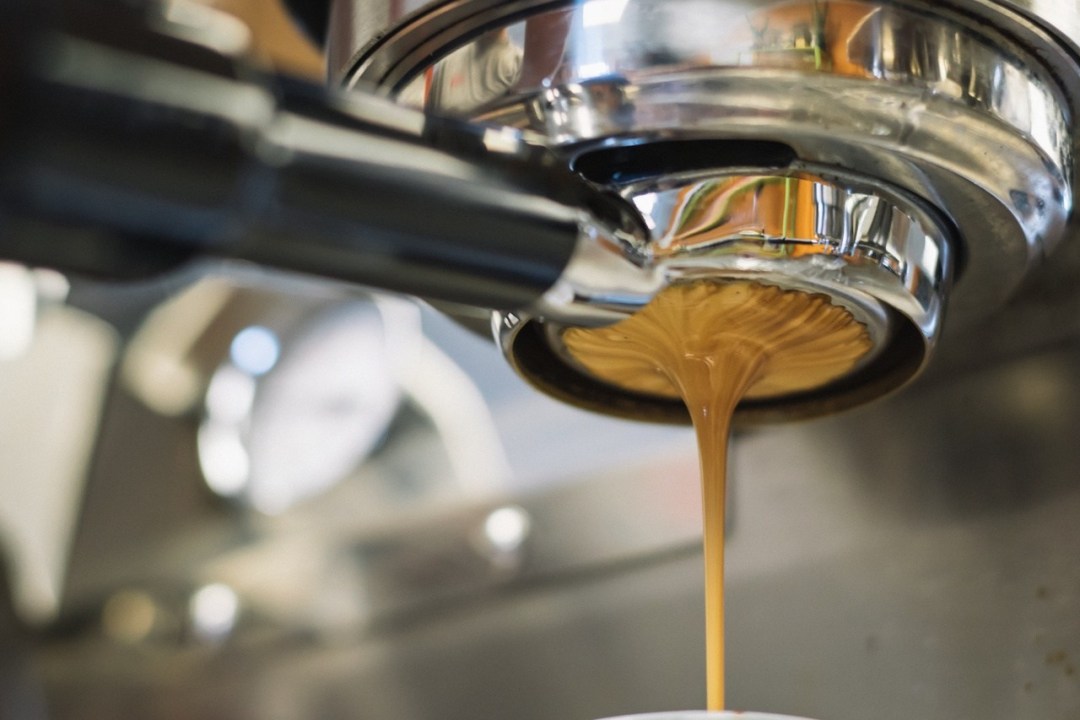
From the variety and origin of coffee to the roasting process and the method of cooking, it will affect the flavor of a cup of coffee after it is boiled. People can even add extra ingredients such as milk or caramel and chocolate to form the most common coffee such as lattes or cappuccinos and mochas. This is like an arrangement and combination, in addition to buying ready-made coffee in a coffee shop or takeaway APP, people can also make changes in different combinations at home, not only to make the changes that best suit their own taste, but also to enjoy the sense of achievement of a cup of coffee born from their hands.
Coffee is not only a drink, but also a life.
For people who simply want to promote, quench their thirst and have a full stomach, coffee may indeed be just a drink. But if you have begun to explore the quality and enjoyment of coffee, it is no longer so simple. Coffee beans from seeds, after a long way to turn into your hands of this cup of coffee, in each process requires so much labor to make and maintain the quality of coffee beans. It is conceivable that if you really want to drink a good cup of coffee, you must take the manpower contributed by it into account. When we begin to be aware of the quality of coffee, it is not difficult to find that it has gradually developed into a craft rather than a necessity that does not take much time to understand.
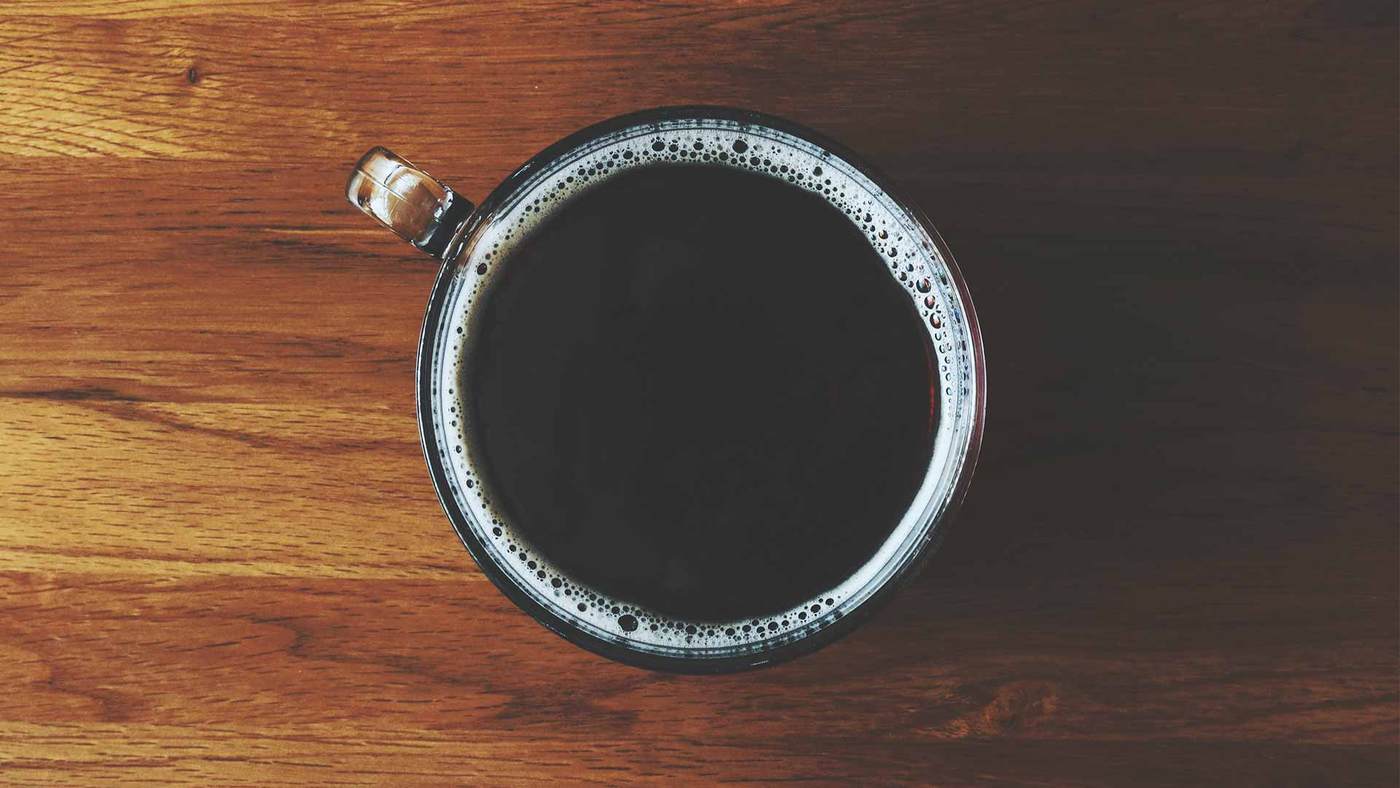
In a word, although coffee is only a popular drink in the world, it also has many unique cultures. People will fall in love with coffee, not just because of its mellow taste and its function of refreshing and reducing disease, but also because it gives us more color in our lives: we can enjoy the serenity and leisure brought by drinking coffee with others, and relax our body and mind. We can also make it ourselves, buy our favorite bean grinders and cooking equipment, and mix our own unique flavor with our mood, just like in life, sometimes sour and sometimes bitter and sometimes sweet. The changes are worth savoring carefully.
END
Important Notice :
前街咖啡 FrontStreet Coffee has moved to new addredd:
FrontStreet Coffee Address: 315,Donghua East Road,GuangZhou
Tel:020 38364473
- Prev
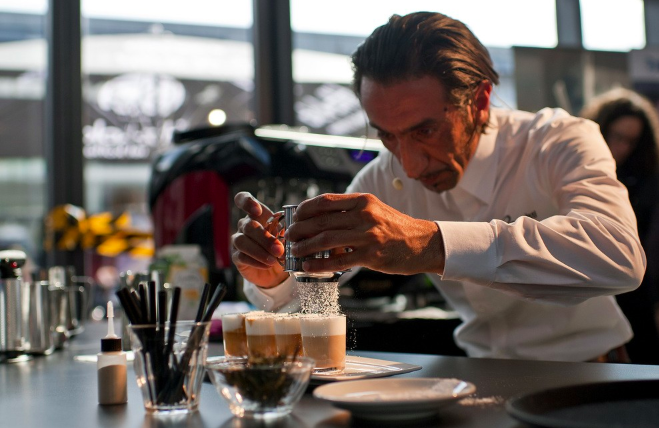
Why do Norwegian people love coffee so much? Because: drink coffee can go to heaven!
Professional coffee knowledge exchange more coffee bean information Please follow the coffee workshop (Wechat official account cafe_style) many people think that Italy is the hometown of espresso (Espresso), Norway is not the hometown of coffee, but the goal of the coffee-loving Norwegian is to tell everyone how to make the best coffee in the world. You can't wake up without coffee if you go.
- Next

Warning! These ten things you do to coffee are "crimes"!
Guys! Take it easy!
Related
- How did the Salvadoran coffee industry develop in Central America?
- What exactly does the golden cup extraction of coffee mean?
- The Origin of Coffee flower
- [2023 Starbucks World Earth Day] there are more meaningful things besides free Starbucks coffee!
- What kind of coffee is there in Spain? 9 Flavors of Spanish Coffee
- Aromatic African coffee| Kenya's coffee culture and historical production area
- Liberica Coffee Bean knowledge: the characteristics of Liberian Coffee beans of the three original species of Coffee beans
- The origin and formula of Spanish latte introduces the taste characteristics of Bombon coffee in Valencia, Spain.
- How to adjust the solution of over-extracted coffee
- What is the tasting period of coffee beans? What is the period of coffee and beans? How should coffee wake up and raise beans?

